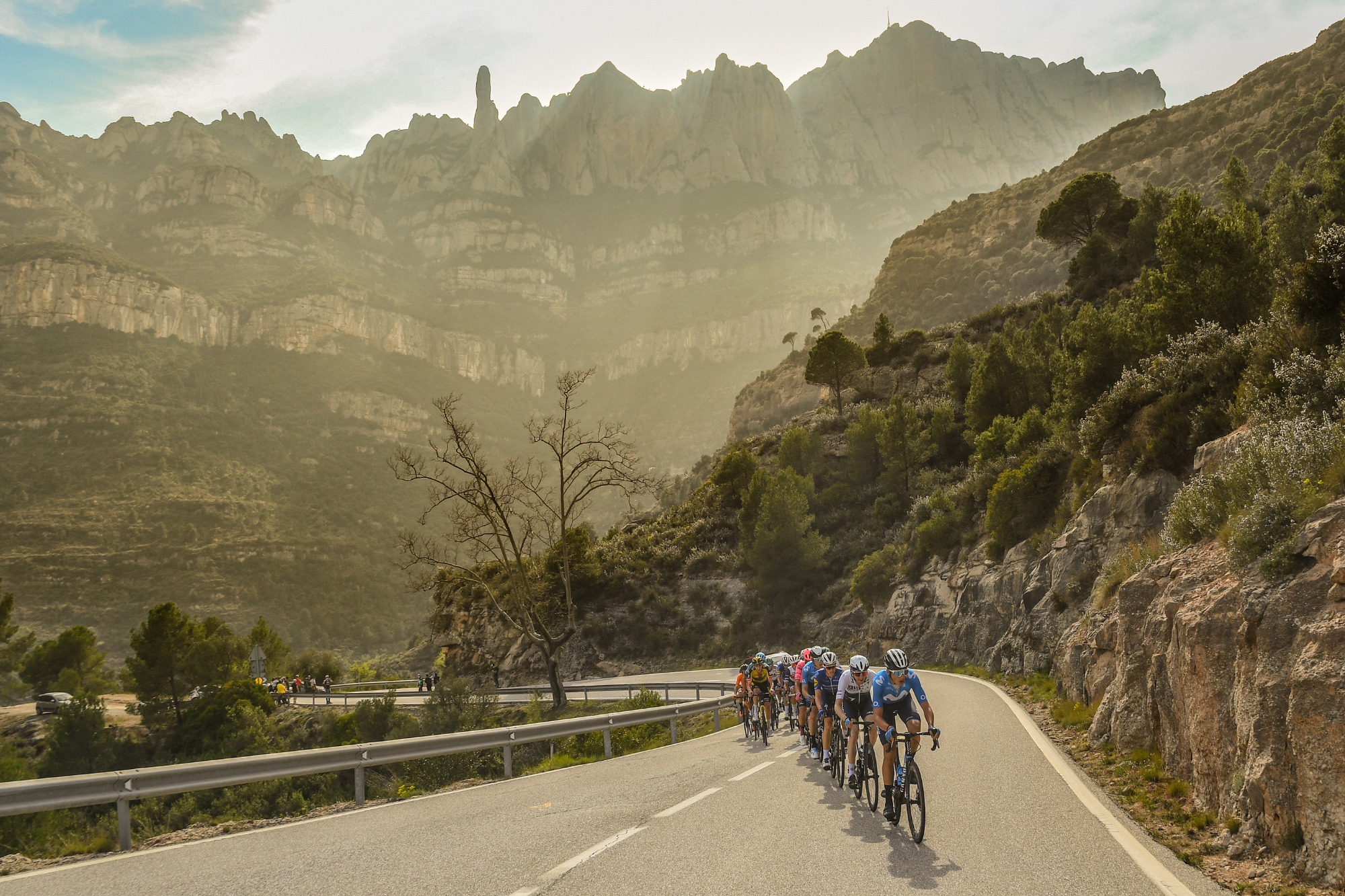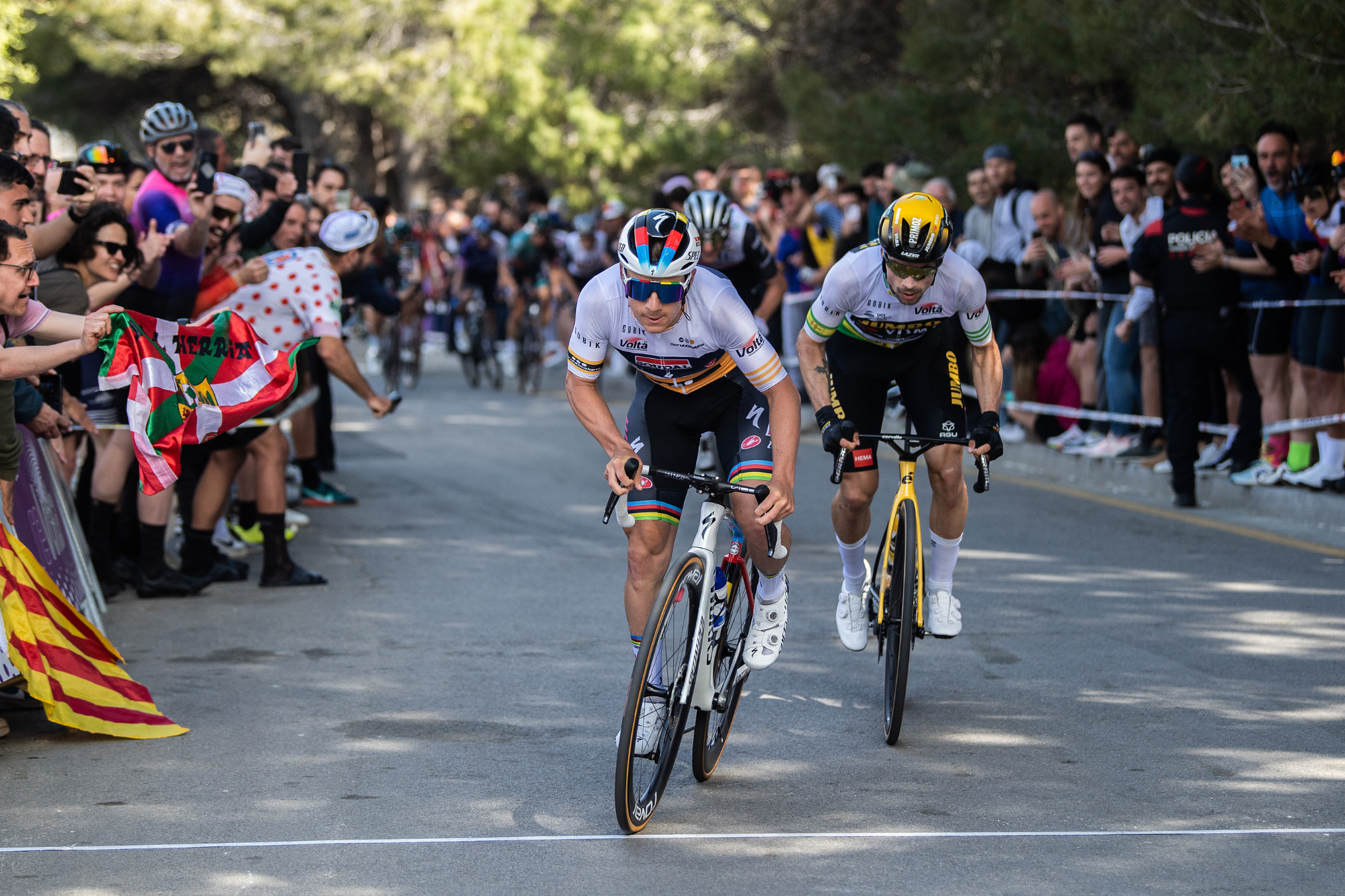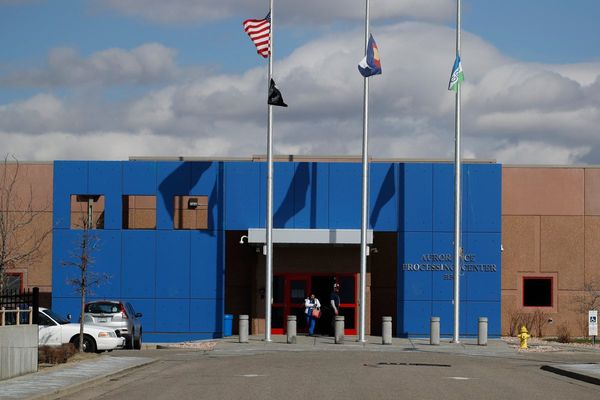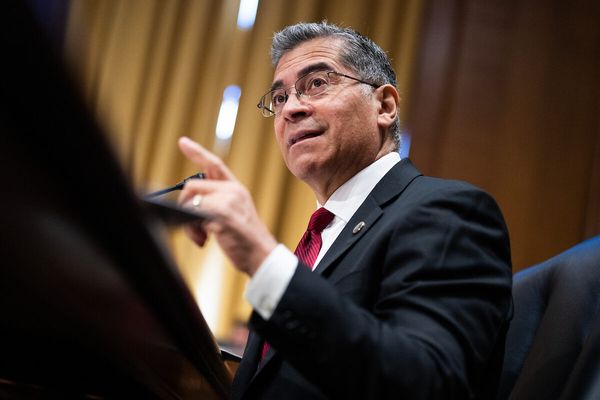
Paris-Nice, the first big French race of the year, gets the most headlines; Tirreno-Adriatico tries to fight for attention in the same week; and the Itzulia Basque Country boasts the relentless leg-sapping climbs that leaves the final result up in the air until the final kilometres. Although Jonas Vingegaard has been forced to pull out, killing the planned showdown between him and Primož Roglič, for me, there’s only the spring stage race that comes out on top in the battle of which is best: the Volta a Catalunya. Let me explain why.
While it’s true that every stage race attempts to encompass the best of a Grand Tour in a shorter time frame, with time trials, sprint stages, days for the rouleurs and breakaway riders, and GC-altering days all spread out between six (Itzulia and Tour de Romandie) and eight (Tour de Suisse) stages, Catalunya is the first of the Big-7 stage races to venture high into the proper mountains, with the peloton ascending to more than 2,000m in most of the past editions. For the first time in the season, altitude – often so decisive in the three Grand Tours – comes into play.
While Paris-Nice is characterised by gloomy weather as the riders eventually race to the sun over what feels like an eternity, and Tirreno-Adriatico so often single-handedly keeps drought at bay in central Italy with one week of torrential rain (and occasionally snow), Catalunya is typically sunnier, warmer and drier. And even though a soaked Spain has seen less sun than anywhere else in Europe this March, by the grace of the Catalan patron Sant Jordi, that all changes next week – blue sky bike racing is back.
What that invariably means is fans. Lots of them. You have spectators at the other spring stage races – none more so than the thousands of orange-clad, Txapela-wearing Basques at Itzulia – but this is the first time in the season fans book the day off the work, squeeze a big baguette into their jersey pocket, and ride up a climb in advance of the superstars. Sidelined by big crowds, it’s the first glimpse of summer racing, a foreshadow of brighter and longer days.
This year, we’ve got Roglič, Tirreno winner Juan Ayuso, and his UAE Team Emirates-XRG teammate Adam Yates as the big three favourites. The latter’s twin, Simon, will lead his new team Visma-Lease a Bike, Ben O'Connor heads up Jayco-AlUla, and honourable mentions must go to the South Americans stars: Richard Carapaz and Egan Bernal.
Roglič won the 2023 race by six seconds after an epic yo-yo battle with Remco Evenepoel that saw the Belgian crown himself the joint-winner in the aftermath. It was less predictable last year, Tadej Pogacar winning four stages and by almost four minutes, but his imperious form was the first indicator of the Triple Crown that he’d go on to achieve in 2024.

The 2025 route begins as it has done since 2022 in Sant Feliu de Guíxols with a rolling stage that might but might not end in a sprint. The fast fastmen don’t come to Catalunya – it’s just too hilly and taxing for them – but new sprinters do come to the fore, Kaden Groves and Ethan Vernon in recent years.
From there it’s into the beautiful Pyrenees, a stage finish at the ski station of La Molina after crossing over the 1,913m Coll de la Creueta, and then a spectacular climb to the equally as spectacular and cartoon-looking surroundings of Montserrat. Home to a 11th century monastery, it’s like a bunch of hoodoos were dropped and stuck with not quite enough glue on top of a giant boulder that rolled from the Pyrenees to within sight of Barcelona.
Before the riders get to the Catalan capital, there’s another undulating stage that could go the way of just about anyone, before a final mountain stage up to the steep Santuari de Queralt, which last year was overtaken by the Spanish arm of Sepp Kuss’s ever-growing fan club. It’s as noisy and as colourful as the three-week races later in the year.
To top the week off on the day when the clocks spring forward (perfectly aligning with the summer-is-coming messaging), the punchy circuit around Montjuïc in Barcelona never fails to throw up thrilling final-day racing. Every year the stage’s result is an enigma, a mystery until the finale, and so riveting is it that the Tour de France has decided it too wants a bit of its unpredictability, and so will finish stage two of the 2026 race with a carbon copy of the Volta’s Montjuïc loop.
Cycling fans don’t really need an excuse to tune into WorldTour bike racing, but if it’s uninterrupted drama and enthralling subplots with more than a smattering of summer bike racing about it that you’re after, none of the spring races come as close as the Volta a Catalunya.







